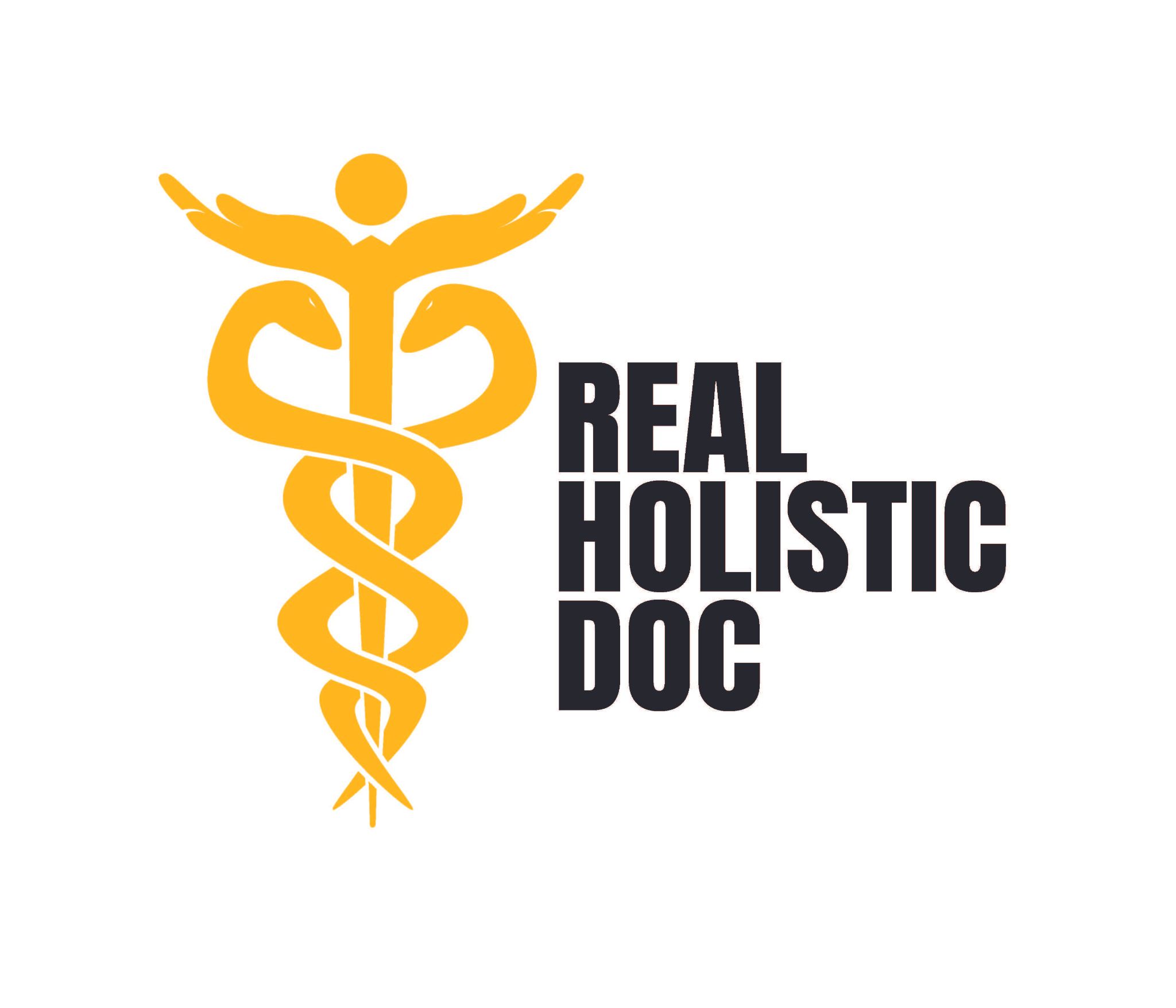Cancer is a Fungus
C. Norman Shealy, M.D., Ph.D.
CANCER IS A FUNGUS, by Dr. T. Simoncini, Edizioni Lampus, 2007, Italy
Dr. Tullio Simoncini considers all cancers to be the result of that common fungus known as candida!? Admittedly, the first third of his discussion is rather focused on his theory, some of which may be difficult for the lay person to follow. On the other hand, some of his quotes on the problems of chemotherapy are adequate to keep me interested. I have long said I would rather die naturally than be poisoned to death. My attention increased when he listed the extremely high co-existence of candida in virtually all cancers and the ubiquitous nature of candida itself.
I also remember the futility of attempting to treat generalized candidiasis as described by Dr. Orian Truss (THE MISSING DIAGNOSIS). Dr. Simoncinis treatment approach is the striking crux of the book. That is what makes this book essential reading for everyone, as all of us have friends or family with cancer. Dr. Simoncini reports curing up to 90% of patients with cancer using sodium bicarbonate. He injects either intravenously or intra-arterially 500 cc of 5% sodium bicarbonate (occasional variations in quantity, etc). Considering the fact that a vast majority of individuals are relatively acidic, this begins to make sense. We know that the blood must maintain a pH very close to 7.4. Salivary pH should be close to that same level and urinary pH at about 6.5. I have measured salivary and urine pH in a few hundred individuals and virtually all are excessively acidic. An acidic body is much more prone to all types of disease! Interestingly, Dr. Simoncini recommends much simpler approaches to such cancers as oropharyngeal cancer and stomach cancer drinking a glass of water with 1 ?teaspoons of sodium bicarbonate twice a day. Bladder cancer is treated by irrigations of the bladder with sodium bicarbonate. For leukemia and generalized cancers, he uses IV 5% sodium bicarbonate. But for those that are deeper in specific organs, a catheter is inserted into the artery leading to that organ for intra-arterial perfusion. For skin cancer, he uses only 7% iodine!? The same is recommended for psoriasis and obvious skin fungal infections.?? I rather suspect this local approach would also work for warts.
Dr. Simoncini does not mention pleomorphism, the theory promulgated over three-quarters of a century ago by Dr. Royal Rife, whose work was destroyed by the evil czar of the AMA. But at least 4 other independent investigators have also confirmed the ability of fungi, bacteria and viruses to mutate into each other. This very ubiquitous nature? of microorganisms is similar to the chameleon like nature of candida. And pleomorphism may not be important, if one can keep a stable relatively alkalotic internal milieu. Do reread my article on Potassium Bicarbonate!
It may take another century for the evolution of the simple and relatively safe use of sodium bicarbonate to reach the hallowed halls of medicine. Meanwhile, I have no doubt whatsoever that I would personally choose the Simoncini approach if I should ever have cancer!? For those with the easily accessible cancers, such as leukemia, esophagus and stomach cancer, IV or oral sodium bicarbonate is certainly worthy of consideration and should be easily obtained in this country. For the intra-arterial approach, you may have to go to Italy. Indeed, I have recently referred to him a patient with non-Hodgkins lymphoma. Interestingly the treatment, including travel to Italy for a month appears to be less expensive than a few days of hospitalization here! Finally, especially with early diagnosis of virtually any cancer, I see little risk of approaching the Simoncini treatment long before accepting chemotherapy (like never!)! If others can replicate his results, I think he is a candidate for the Nobel Prize in Medicine.
You may contact Dr. Simoncini at t.simoncini@alice.it
Next week: An even more exciting new approach to health and most illnesses!!
